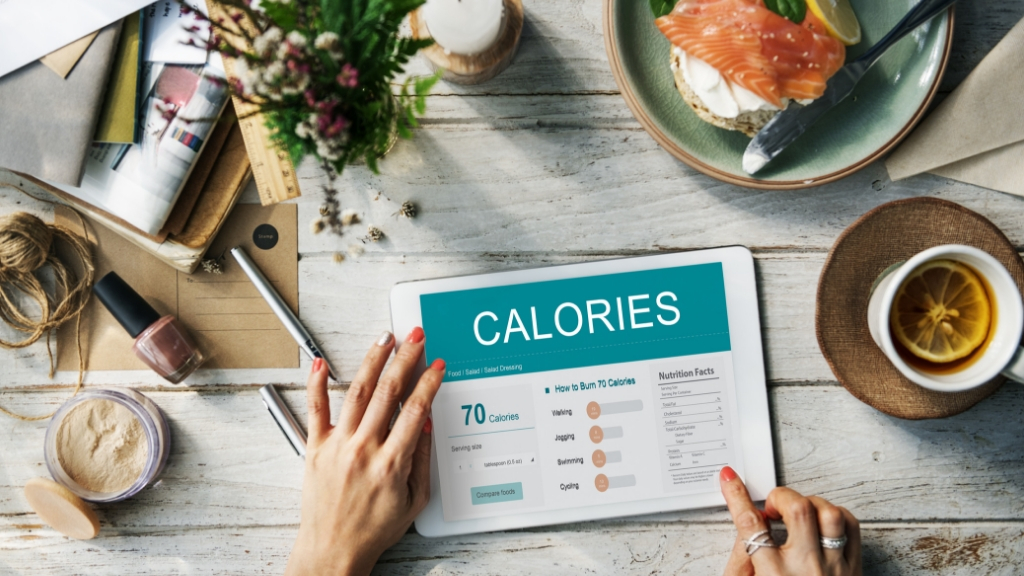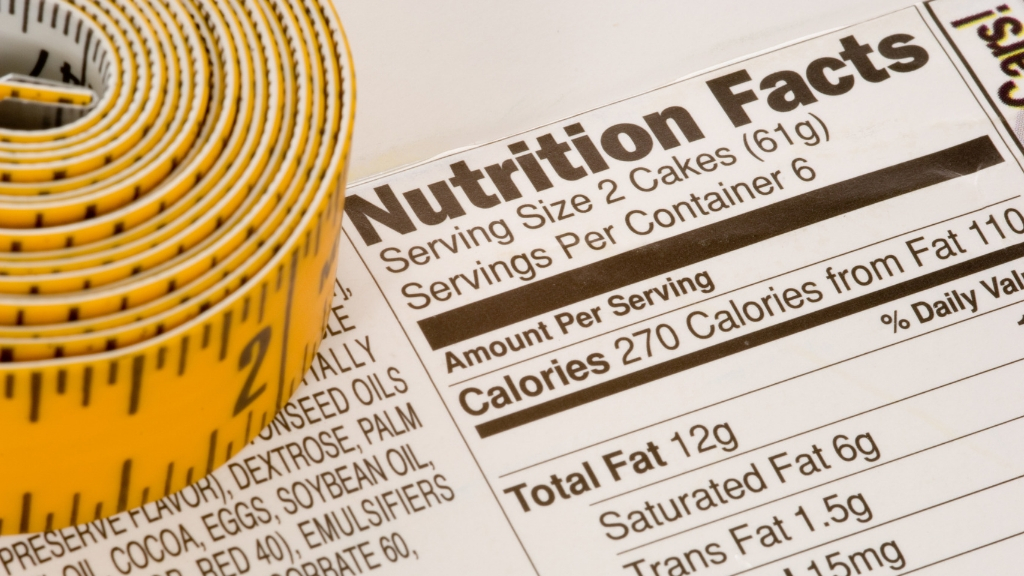The Calorie Count Law on Menus Is Working: What You Need to Know
6 minute read
How surprised were you the first time you looked up at the menu in your favorite fast food restaurant and saw how many calories were in that meal you were just about to order? Did it make you decide to have the salad or the chicken breast instead?
If it did, you’re not alone. Adding calorie counts to menus is working to help combat the obesity epidemic in the United States. So where did this calorie-posting rule come from, and how can it help you make better food and lifestyle choices?
More About the FDA Calorie Information Rule
As of May 7, 2018, the FDA calorie-labeling rule went into effect. It states that any business with 20 or more locations selling restaurant-type food must display the calorie count of that food item. There also needs to be a statement somewhere on the menu about the suggested caloric intake per person per day.
This move was made as part of the Affordable Care Act of 2010 (Obamacare), and its main goal is to help in the battle against obesity in the United States by informing diners of how many calories they’re consuming and how many they should be eating in an average day.
If this is brand new, take a look at the menus in chain restaurants, and you’ll notice that there is a calorie count or range of calories listed for each food item.

Because the rule requires restaurants that have 20 or more locations to comply, you’re probably not going to see a change at your favorite mom-and-pop diner down the street. You also won’t always find the calorie counts for condiments, daily specials, custom orders, or items that are only offered temporarily or seasonally. These items are exempt from the rule.
That said, it’s good to keep in mind that, if you order a salad at a very low calorie count but then dump on dressing, you’re drastically altering the caloric value of your meal. In addition to places where you often grab a quick meal, many vending machines will begin showing calorie counts.
Restaurants are also required to provide written nutritional information for all the individual items on their menus. Since most of this information won’t fit on a standard menu board, you can typically find it elsewhere in a handout or poster (usually near the register). Ask if you don’t see it readily available.
How Posted Calorie Counts Are Working
It’s still the early days of implementation for this FDA rule, but it might just be prompting some change. The National Bureau of Economic Research published The Impact of Information Disclosure on Consumer Behavior, which looks more deeply into this topic.

By conducting a randomized controlled field experiment, they discovered a 3-percent reduction in those who had the calorie count posted over those that did not. The cuts were taken by the diners in the appetizer and entrée portions of the menus, not in their drinks or desserts (making healthy desserts and avoiding sugar-heavy beverages as important as ever).
In addition to showing that knowing calorie counts can help a diner make an informed decision, it also seems to prove that consumers are more on board with this type of required information. Support for required labeling grew 9.6% after exposure when compared to before seeing the requirements in action.
Daily Caloric Consumption Guidelines
You’ll see in the FDA requirements that restaurants also have to post a disclaimer-like piece of information that states suggested caloric intake per day is 2000 calories, but that may vary.
| Related: Why to Cut Sugar Intake and How to Do It Successfully |
This simply means that the FDA is averaging gender, adult ages, health needs, and concerns, then coming up with a rough estimate on a healthy number of calories to consume per day.

This Caloric Needs Table gives you a better idea of how many calories you need daily, and it’s further broken down by age, gender, and how active or sedentary you feel your lifestyle is. It’s clear that a marathon runner burns more calories than the average office worker, but this table is still a rough approximation.
| Related: How Many Calories Should I Eat? Healthy Counting Tips |
This table uses an average for height and weight, estimating the average man to be 5’10” and 154 pounds and the average woman to be 5’4” and 126 pounds. If this is you, then you can accurately find your ideal calories per day, but most people fall short or above these estimations, which can mean a big difference in daily calories.
If you’re really inspired and want to learn more about calories and nutrition, there are a number of websites that give you a calorie calculator you can use to determine how many calories you should eat per day. You can even get a fitness tracker that will help you set calorie, weight, and fitness goals to put you on the path to a healthier lifestyle.
The Bottom Line
There might not be a lot of change in the future as we all adjust to having calorie counts readily available. Where the biggest change will come is in people’s attitudes to eating out, and the foods they choose when doing so.

A study has already determined that simply posting the caloric values has a positive impact on food choices.
Reaching further, as people become more informed about their food choices and the overall impact, we may see a shift away from the obesity epidemic. We might even see restaurants responding to the consumer and offering more low-calorie choices. With a combined effort and informed decision making, we may be able to beat obesity as a country.












